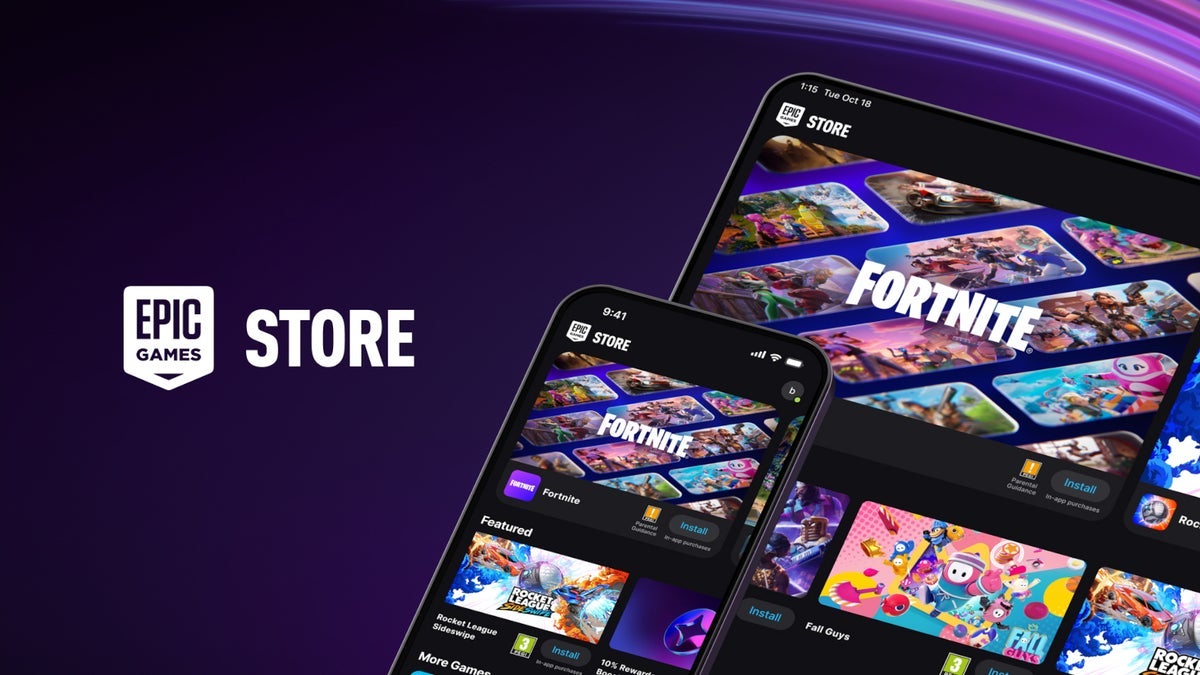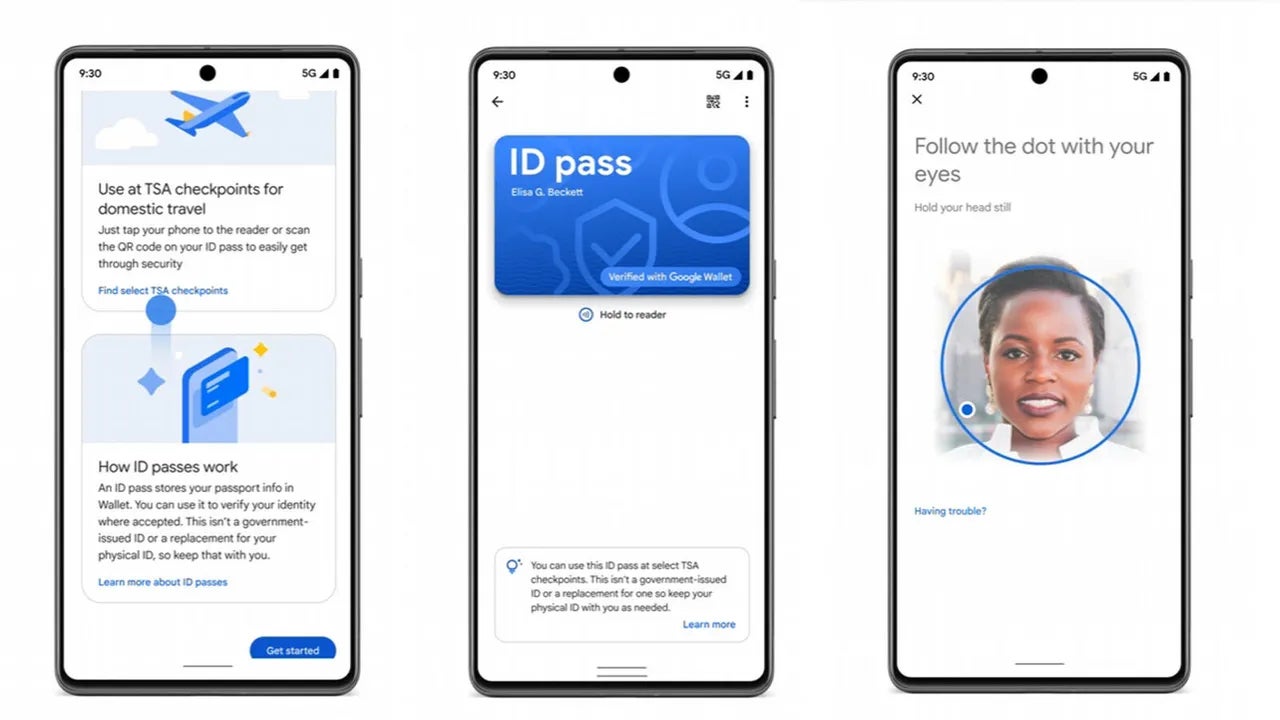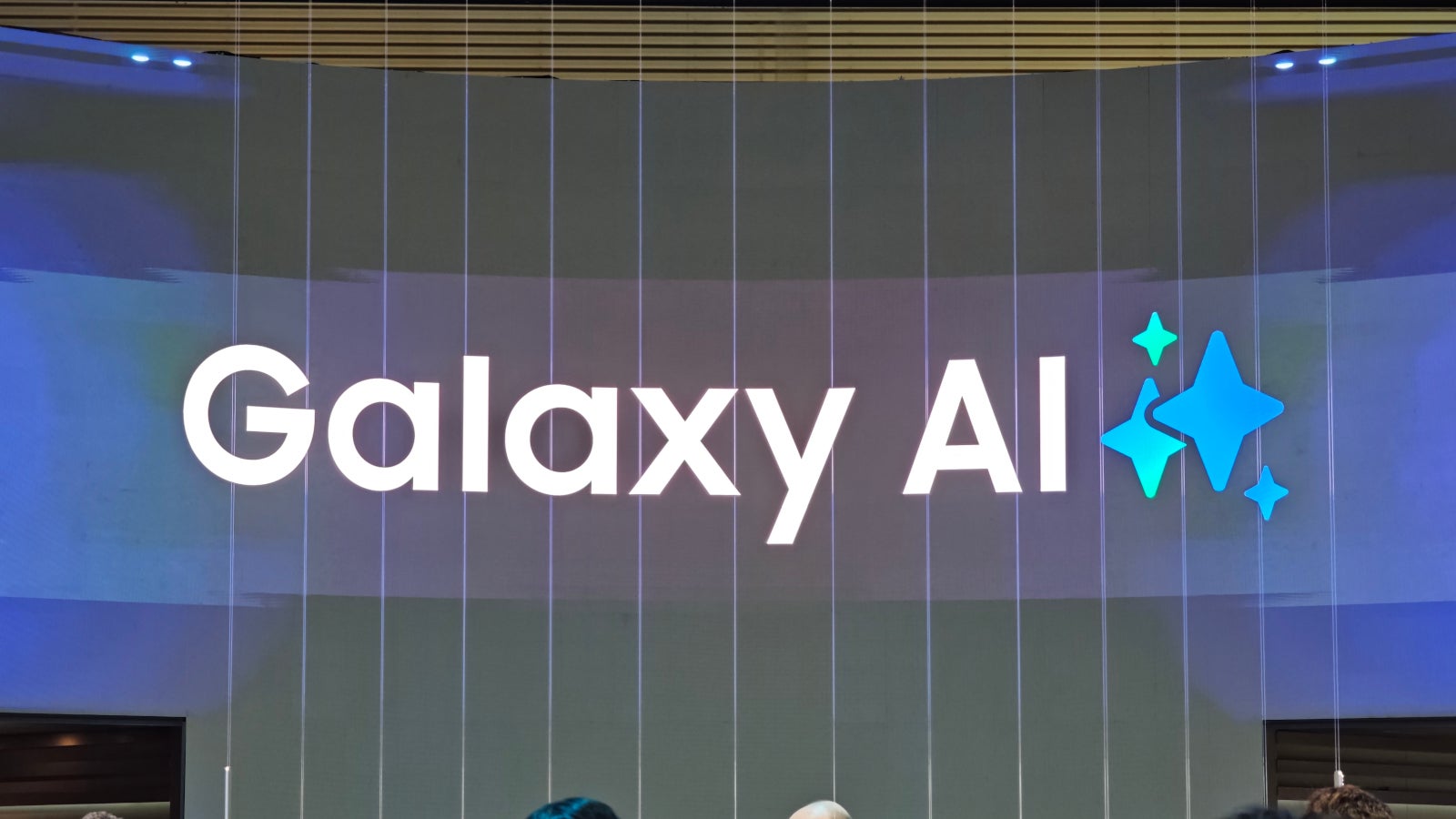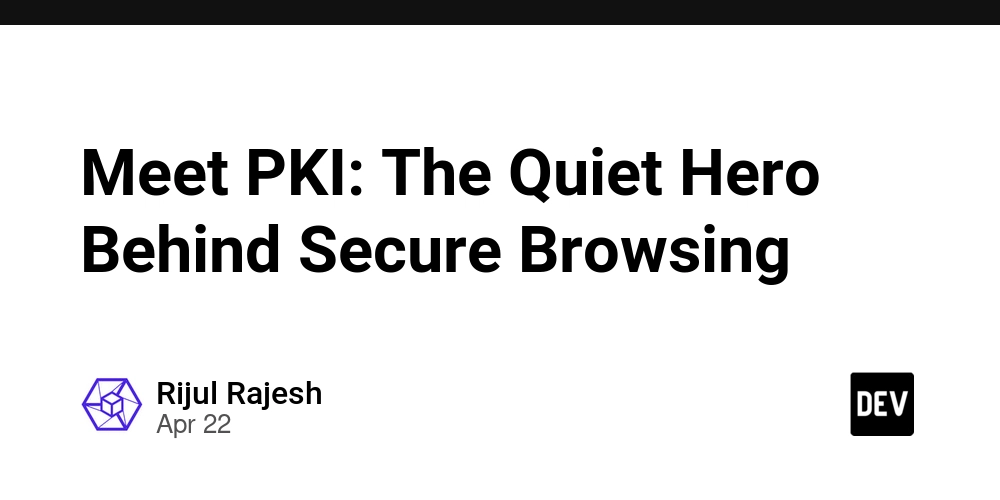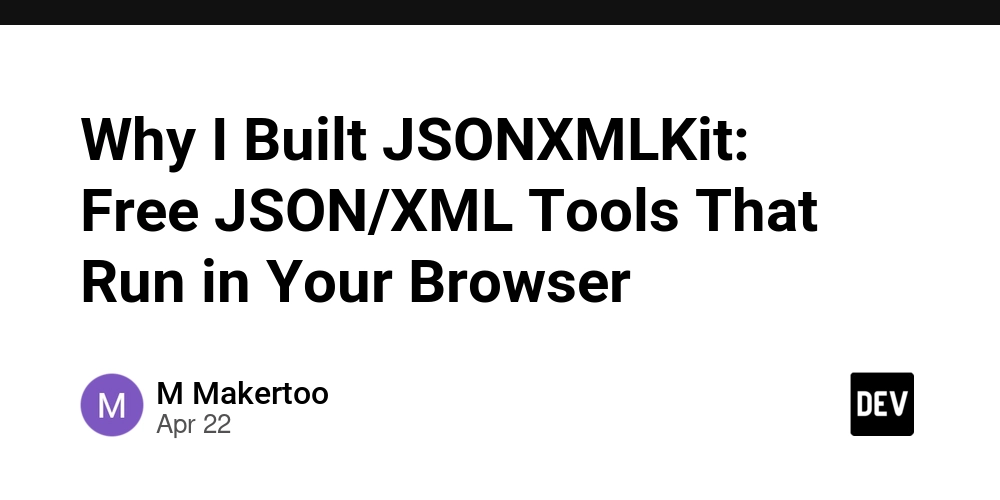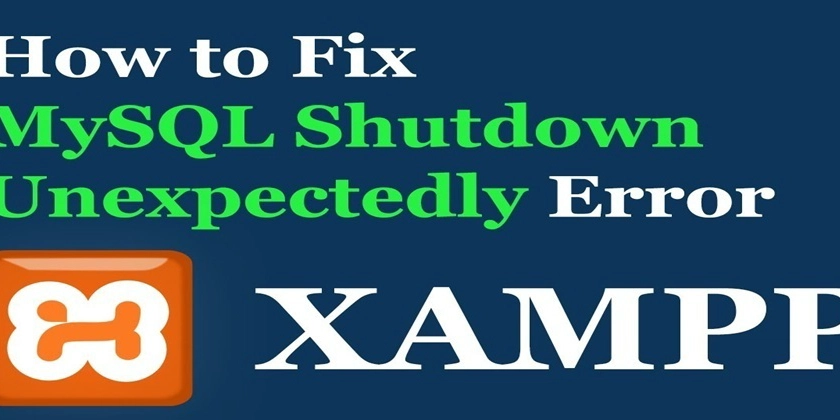Exploring IBM's Blockchain Journey: From Hyperledger to Enterprise Solutions
Abstract This post delves into IBM’s pioneering role in advancing blockchain technologies. By examining IBM’s involvement with the Hyperledger project and its work with Hyperledger Fabric, we discuss how IBM’s Blockchain Platform has been instrumental in developing enterprise-grade blockchain applications. The post outlines the historical context of blockchain, its core features, applications in supply chains and finance, challenges in adoption, and future innovations such as DeFi and multi-cloud deployments. Additionally, related resources from industry leaders and open source funding models are explored to provide a comprehensive understanding of the technology’s sustainable growth. Introduction Blockchain technology has evolved significantly over the past decade, emerging as a key driver for change across industries. IBM, a long-time innovator in computing, has played a central role in harnessing blockchain for secure, scalable, and sustainable enterprise solutions. By contributing to the Hyperledger project, IBM has helped lay the groundwork for developing complex systems like the IBM Blockchain Platform. In this post, we explore IBM’s blockchain journey, its technical foundation, practical applications, and its future potential within the rapidly evolving world of enterprise blockchain. Background and Context Blockchain technology first gained attention due to its role in powering cryptocurrencies like Bitcoin. However, businesses soon recognized its potential for secure, transparent, and decentralized data management. IBM’s involvement began with participation in the Hyperledger project—a collaborative effort to create open source blockchain frameworks for enterprises. Key Definitions and Ecosystem Terms Blockchain: A distributed ledger technology that records transactions in a secure, immutable manner. Hyperledger: An umbrella project hosted by the Linux Foundation focused on open source blockchain solutions. Hyperledger Fabric: A platform designed for enterprise-level blockchain solutions, noted for its modular architecture and scalability. IBM Blockchain Platform: IBM’s blockchain offering that extends the capabilities of Hyperledger Fabric to various industries, including supply chain management and finance. DeFi (Decentralized Finance): A financial system built on blockchain technology that operates without central intermediaries. IBM’s journey, from its early experiments with blockchain to the development of robust enterprise solutions, illustrates how technological innovation intersects with business demands for security and sustainability. Core Concepts and Features IBM’s Blockchain Framework IBM’s blockchain strategy builds on a strong foundation provided by Hyperledger. Key aspects include: Scalability and Security: By leveraging Hyperledger Fabric, IBM creates systems that can handle large-scale enterprise transactions while ensuring data integrity and privacy. Interoperability: IBM’s solutions work seamlessly across different systems and industries. This interoperability is enhanced by support for smart contracts and standards that serve as the backbone for secure data exchange. Sustainable Practices: IBM integrates sustainable blockchain practices by reducing energy consumption and focusing on environmentally responsible technologies. Enterprise Integration: The IBM Blockchain Platform allows businesses to integrate blockchain functionality into existing IT frameworks, making it easier to adopt secure and transparent operations. Table: Key Components of IBM Blockchain Solutions Component Focus Link Hyperledger Fabric Enterprise blockchain framework Hyperledger Fabric IBM Blockchain Platform Scalable, secure enterprise applications IBM Blockchain Platform Smart Contracts Automated, self-executing agreements Smart contracts on blockchain Sustainable Blockchain Practices Environmentally responsible solutions Sustainable blockchain practices Multi-Cloud & DeFi Integration Future-focused trends in blockchain DeFi and Multi-chain support Additional Industry Links IBM’s innovations have spurred various discussions online. For example, explore these complementary resources: Arbitrum and Multi-chain Support Arbitrum and Blockchain Interoperability Arbitrum and Smart Contract Audits Arbitrum and DeFi Yield Arbitrum and On-chain Governance These links provide additional technical insights and serve as benchmarks against which IBM’s enterprise solutions can be measured. Applications and Use Cases IBM’s blockchain implementations are diverse and address critical challenges across sectors. Let’s review a few concrete examples: Supply Chain Management The supply chain industry benefits immensely from blockchain integration by providing: Enhanced Traceability: Every transaction is recorded in an immutable ledger, which ensures authent
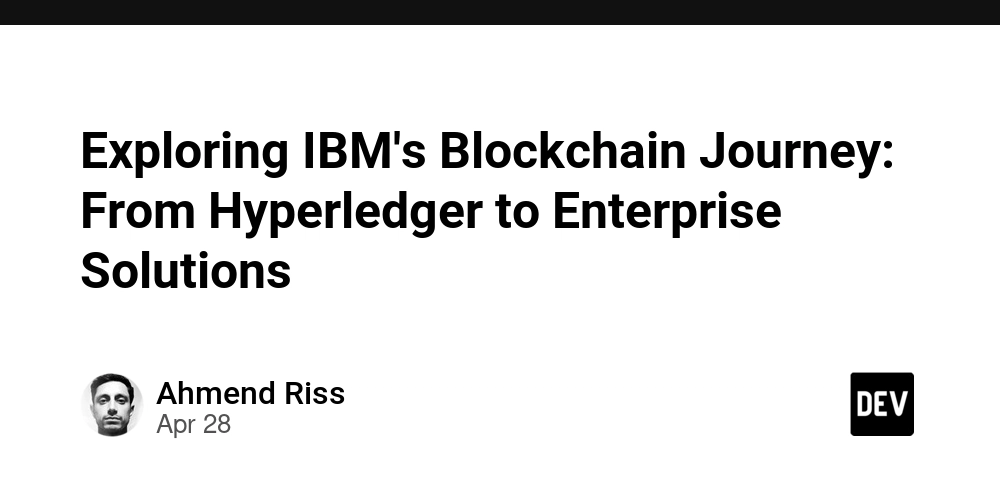
Abstract
This post delves into IBM’s pioneering role in advancing blockchain technologies. By examining IBM’s involvement with the Hyperledger project and its work with Hyperledger Fabric, we discuss how IBM’s Blockchain Platform has been instrumental in developing enterprise-grade blockchain applications. The post outlines the historical context of blockchain, its core features, applications in supply chains and finance, challenges in adoption, and future innovations such as DeFi and multi-cloud deployments. Additionally, related resources from industry leaders and open source funding models are explored to provide a comprehensive understanding of the technology’s sustainable growth.
Introduction
Blockchain technology has evolved significantly over the past decade, emerging as a key driver for change across industries. IBM, a long-time innovator in computing, has played a central role in harnessing blockchain for secure, scalable, and sustainable enterprise solutions. By contributing to the Hyperledger project, IBM has helped lay the groundwork for developing complex systems like the IBM Blockchain Platform. In this post, we explore IBM’s blockchain journey, its technical foundation, practical applications, and its future potential within the rapidly evolving world of enterprise blockchain.
Background and Context
Blockchain technology first gained attention due to its role in powering cryptocurrencies like Bitcoin. However, businesses soon recognized its potential for secure, transparent, and decentralized data management. IBM’s involvement began with participation in the Hyperledger project—a collaborative effort to create open source blockchain frameworks for enterprises.
Key Definitions and Ecosystem Terms
- Blockchain: A distributed ledger technology that records transactions in a secure, immutable manner.
- Hyperledger: An umbrella project hosted by the Linux Foundation focused on open source blockchain solutions.
- Hyperledger Fabric: A platform designed for enterprise-level blockchain solutions, noted for its modular architecture and scalability.
- IBM Blockchain Platform: IBM’s blockchain offering that extends the capabilities of Hyperledger Fabric to various industries, including supply chain management and finance.
- DeFi (Decentralized Finance): A financial system built on blockchain technology that operates without central intermediaries.
IBM’s journey, from its early experiments with blockchain to the development of robust enterprise solutions, illustrates how technological innovation intersects with business demands for security and sustainability.
Core Concepts and Features
IBM’s Blockchain Framework
IBM’s blockchain strategy builds on a strong foundation provided by Hyperledger. Key aspects include:
- Scalability and Security: By leveraging Hyperledger Fabric, IBM creates systems that can handle large-scale enterprise transactions while ensuring data integrity and privacy.
- Interoperability: IBM’s solutions work seamlessly across different systems and industries. This interoperability is enhanced by support for smart contracts and standards that serve as the backbone for secure data exchange.
- Sustainable Practices: IBM integrates sustainable blockchain practices by reducing energy consumption and focusing on environmentally responsible technologies.
- Enterprise Integration: The IBM Blockchain Platform allows businesses to integrate blockchain functionality into existing IT frameworks, making it easier to adopt secure and transparent operations.
Table: Key Components of IBM Blockchain Solutions
| Component | Focus | Link |
|---|---|---|
| Hyperledger Fabric | Enterprise blockchain framework | Hyperledger Fabric |
| IBM Blockchain Platform | Scalable, secure enterprise applications | IBM Blockchain Platform |
| Smart Contracts | Automated, self-executing agreements | Smart contracts on blockchain |
| Sustainable Blockchain Practices | Environmentally responsible solutions | Sustainable blockchain practices |
| Multi-Cloud & DeFi Integration | Future-focused trends in blockchain | DeFi and Multi-chain support |
Additional Industry Links
IBM’s innovations have spurred various discussions online. For example, explore these complementary resources:
- Arbitrum and Multi-chain Support
- Arbitrum and Blockchain Interoperability
- Arbitrum and Smart Contract Audits
- Arbitrum and DeFi Yield
- Arbitrum and On-chain Governance
These links provide additional technical insights and serve as benchmarks against which IBM’s enterprise solutions can be measured.
Applications and Use Cases
IBM’s blockchain implementations are diverse and address critical challenges across sectors. Let’s review a few concrete examples:
Supply Chain Management
The supply chain industry benefits immensely from blockchain integration by providing:
- Enhanced Traceability: Every transaction is recorded in an immutable ledger, which ensures authenticity and accuracy.
- Efficiency Gains: Automated smart contracts reduce the need for intermediaries, simplifying transactions.
- Increased Transparency: Stakeholders can access relevant information about product origin and movement.
Example: A multinational corporation uses the IBM Blockchain Platform to monitor the lifecycle of products—from manufacturing to retail—thereby reducing fraud and improving compliance.
Financial Services
In finance, blockchain is transforming operations through:
- Faster Transactions: Transactions are processed in near real-time, reducing settlement times.
- Reduced Costs: Automation minimizes the need for manual processing and reconciliation.
- Improved Security: Immutable ledgers prevent unauthorized alterations and reduce the risk of fraud.
Example: Banks leverage blockchain to execute cross-border payments efficiently. The integration with platforms like Hyperledger Fabric ensures that these transactions are secure, transparent, and seamlessly integrated with existing financial systems.
Developer and Open Source Innovation
IBM’s emphasis on open source has fostered collaboration and innovation:
- Transparent Development: Open source projects enable global collaboration, accelerating improvements.
- Community-Driven Funding: Platforms for open source funding help maintain and further develop blockchain projects.
For additional perspectives on funding models and open source innovations, check out these Dev.to posts:
- Exploring Economic Models for Open Source Projects: A Deep Dive into Funding Innovation
- Open Source Funding Platforms Empowering Innovation and Collaboration
- Exploring Revenue Strategies for Open Source Projects
Key Benefits (Bullet List)
- Security: Blockchain’s cryptographic measures ensure data integrity.
- Scalability: IBM’s solutions support enterprise-level demands.
- Interoperability: Seamless integrations with existing IT and multi-chain environments.
- Transparency: Immutable records promote trust among stakeholders.
- Sustainability: Reduced energy consumption through optimized blockchain practices.
Challenges and Limitations
Despite the promising advancements, several challenges remain:
Technical Challenges
- Scalability Issues: Although IBM’s blockchain solutions are designed for scalability, handling very high volumes of transactions still poses challenges.
- Integration Complexity: Integrating blockchain solutions into legacy systems requires significant time and investment.
- Security Concerns: Despite robust encryption, blockchain systems remain vulnerable to sophisticated cyberattacks if not properly maintained.
Adoption Hurdles
- Regulatory Uncertainty: Varying global regulations can impede the adoption of blockchain technologies.
- Interoperability Issues: Ensuring that disparate blockchain systems interconnect properly remains an ongoing challenge.
- Cost: The initial investment for deploying enterprise blockchain solutions can be high.
IBM addresses these hurdles by continuing to invest in research and development and collaborating with industry stakeholders. For further insights, refer to Blockchain and Cybersecurity.
Future Outlook and Innovations
The future of IBM’s blockchain initiatives looks promising, with several trends emerging at the intersection of blockchain, DeFi, and multi-cloud deployments.
Emerging Trends
- DeFi Integration: With the rise of DeFi, blockchains are set to revolutionize how financial services are delivered. IBM’s platform is uniquely positioned to support secure, large-scale DeFi applications.
- Multi-cloud Deployments: Enterprises are adopting multi-cloud strategies for enhanced performance and redundancy. IBM’s blockchain solutions already accommodate such environments, promising improved flexibility and scalability.
- Advanced Smart Contracts: Continued development in smart contract capabilities will streamline business operations and reduce reliance on intermediaries.
- Sustainable Blockchain Practices: IBM’s focus on sustainability will lead to further innovations that balance high performance with low environmental impact.
Predictions for Enterprise Blockchain
- Wider Adoption: As blockchain technology matures, more industries will adopt IBM’s enterprise solutions to enhance transparency, security, and operational efficiency.
- Enhanced Interoperability: Future advancements will increase connectivity among different blockchain platforms, enabling seamless cross-chain transactions.
- Regulatory Clarity: Improved regulatory frameworks will support broader adoption and foster trust, paving the way for more innovative applications in finance, supply chain, and beyond.
Summary
IBM’s journey in the blockchain arena demonstrates a strong commitment to innovation and enterprise-grade solutions. By leveraging open source frameworks like Hyperledger Fabric, IBM has built a resilient blockchain platform that addresses key challenges in scalability, security, and interoperability. Through practical applications in supply chain management and financial services, IBM’s blockchain solutions offer enhanced transparency and efficiency. Yet, like any evolving technology, there remain challenges such as integration complexity and regulatory pitfalls.
Looking ahead, emerging trends in DeFi, multi-cloud deployments, and smart contract technologies promise to further revolutionize the blockchain landscape. IBM’s dedication to sustainable practices ensures that its enterprise solutions not only meet today's demands but also pave the way for a more secure and efficient future.
For readers who wish to gain deeper technical insights, consider revisiting the original article Exploring IBM's Blockchain Journey: From Hyperledger to Enterprise Solutions and exploring additional resources and Dev.to posts that shed light on funding strategies and scalability innovations.
Final Thoughts
IBM’s blockchain journey is a compelling example of how large enterprises can leverage open source collaboration and innovative technologies to create scalable and secure solutions. Whether you are a developer, business leader, or blockchain enthusiast, understanding these core concepts is key to navigating and contributing to an ecosystem that is revolutionizing industries. As the world moves toward more open and sustainable systems, IBM’s pioneering efforts in blockchain will continue to set the standard for reliable, efficient, and future-proof technology.
Embracing this technology today not only unlocks immediate business benefits but also prepares organizations for the innovations of tomorrow. With ongoing advancements and increasing collaboration across the tech community, the potential of blockchain to reshape our world grows ever more promising.
Key takeaway: IBM’s approach marries robust technology with sustainable and secure practices, making it a model for enterprise blockchain implementations. Staying informed through trusted sources and industry discussions (such as those on Dev.to) will be essential as blockchain continues to evolve.
Whether you are getting started with blockchain technology or looking to scale your existing applications, the interplay between enterprise solutions, open source innovation, and sustainable practices is central to unlocking long-term value. Explore, innovate, and join the ongoing conversation as we witness the remarkable impact of blockchain on the future of industries worldwide.




































































































































































![[The AI Show Episode 145]: OpenAI Releases o3 and o4-mini, AI Is Causing “Quiet Layoffs,” Executive Order on Youth AI Education & GPT-4o’s Controversial Update](https://www.marketingaiinstitute.com/hubfs/ep%20145%20cover.png)
















































































































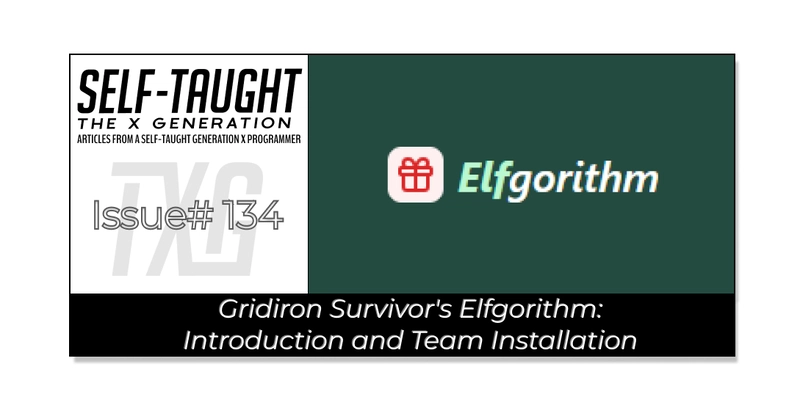
























































































































































_NicoElNino_Alamy.jpg?width=1280&auto=webp&quality=80&disable=upscale#)
















































































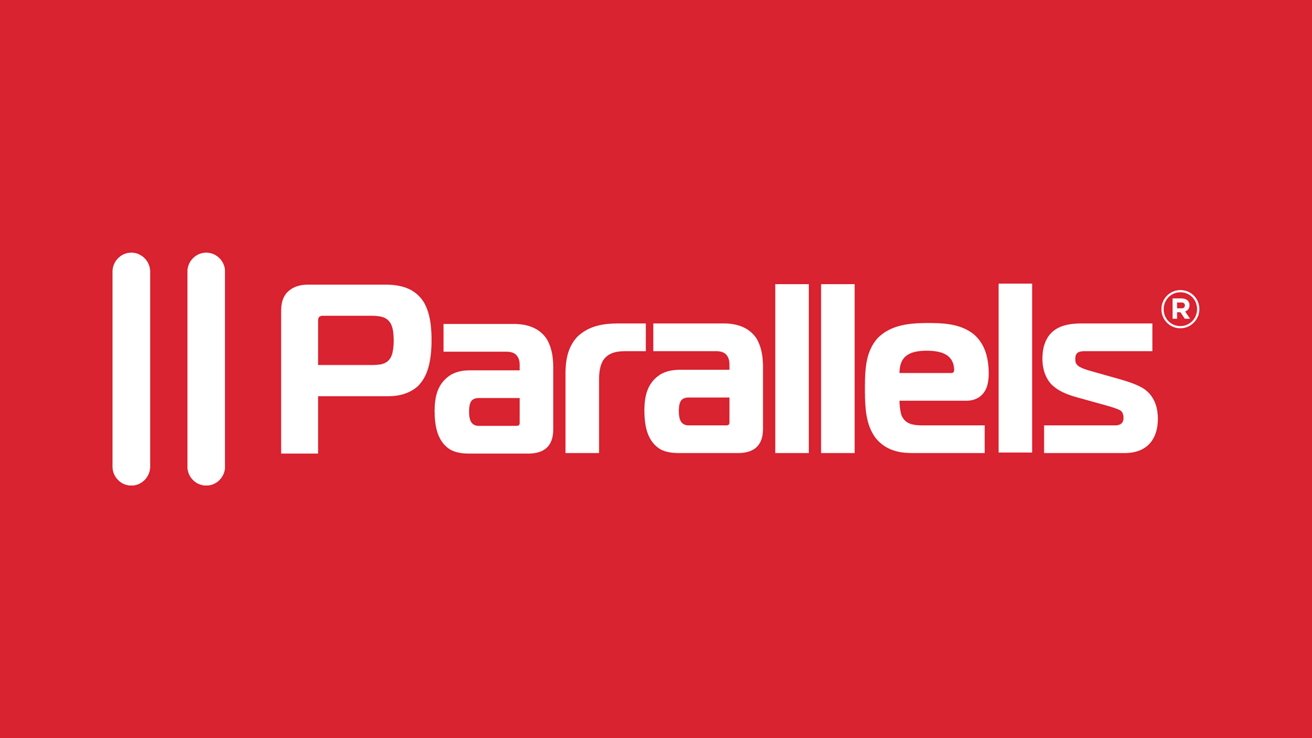


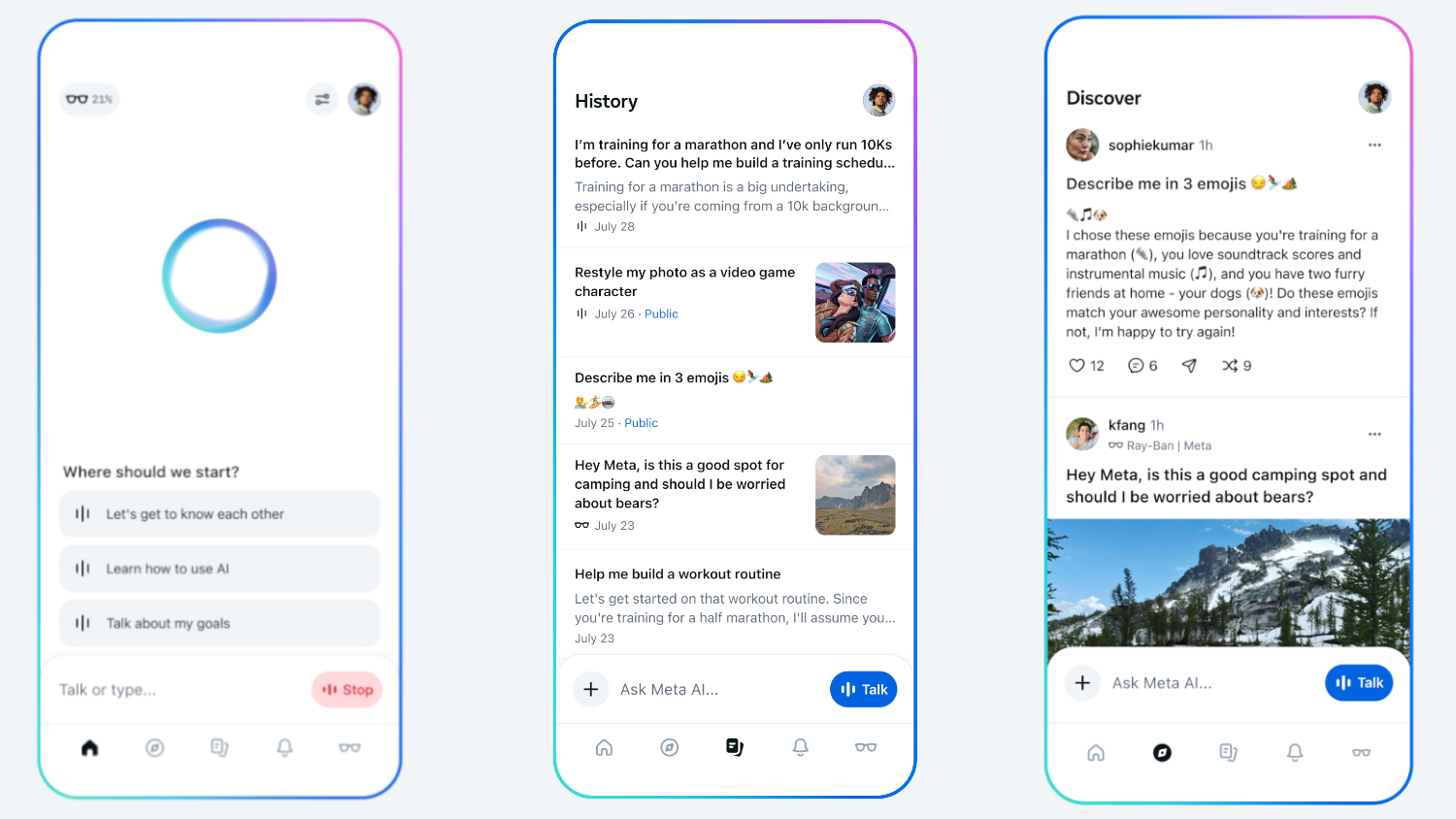




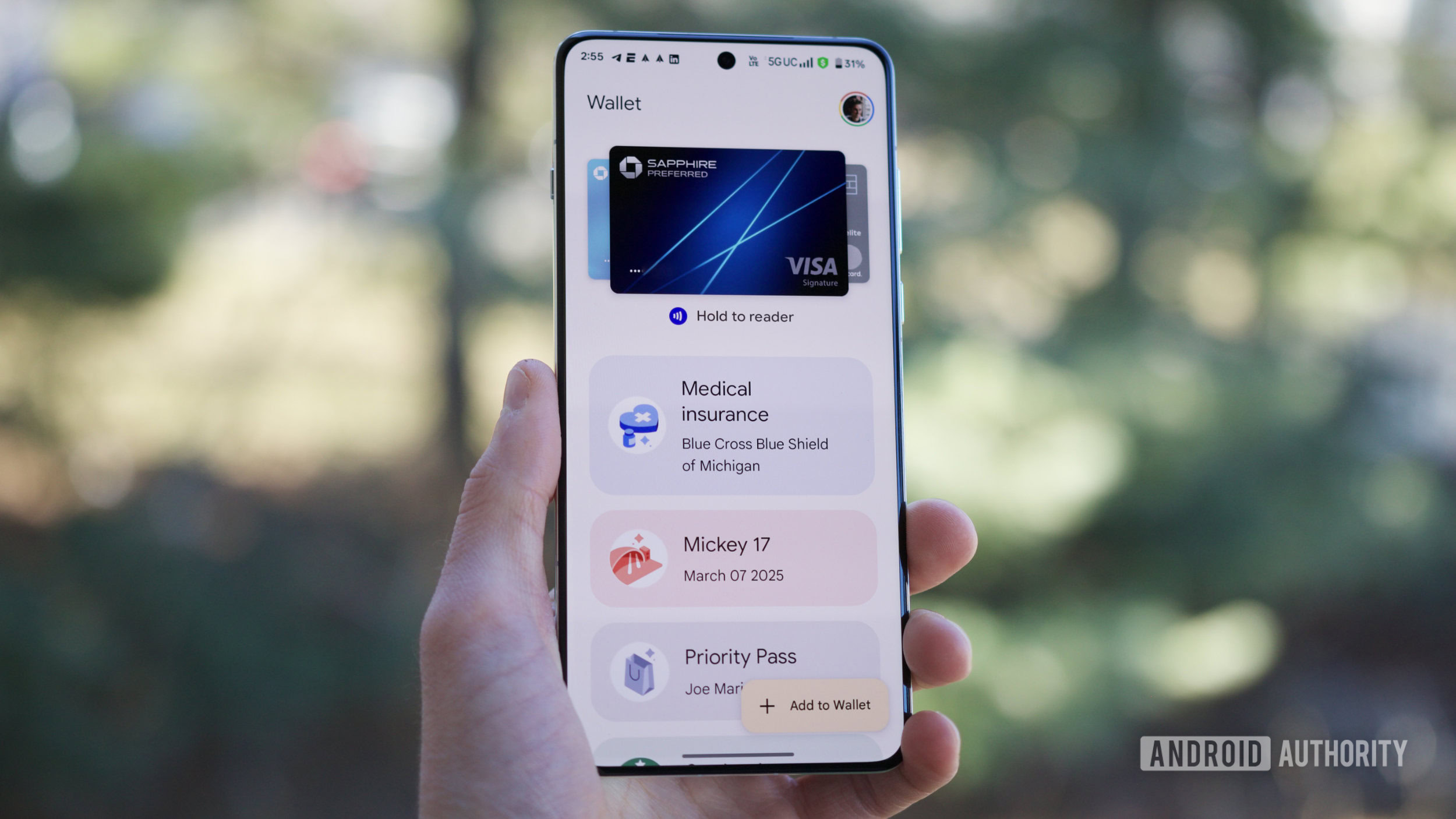



















![Standalone Meta AI App Released for iPhone [Download]](https://www.iclarified.com/images/news/97157/97157/97157-640.jpg)













































